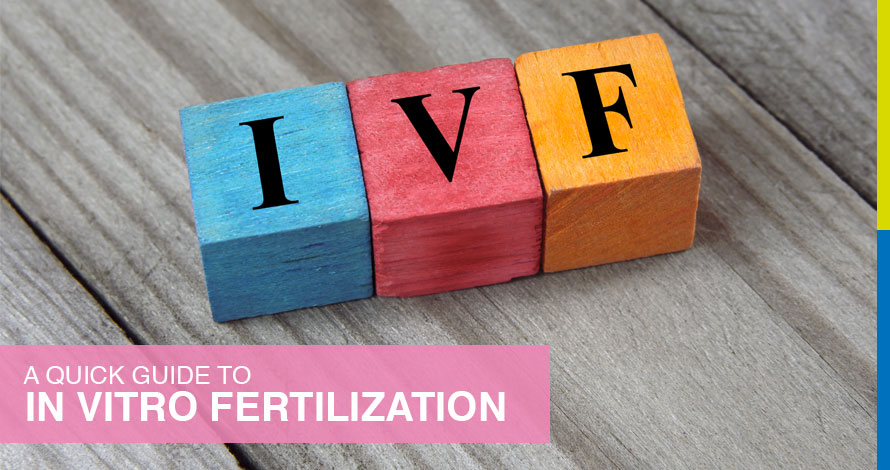

In Vitro Fertilisation or IVF treatment is one of the most commonly known Assisted Reproductive Techniques (ART) for infertility. This treatment method is one of the most sought after reproductive techniques by couples who are unable to conceive a child using normal and/or natural conception methods.
Is IVF for Us?
Many people equate fertility treatments with IVF. However, it is important to understand that IVF is simply one type of fertility treatment being offered. IVF is generally used in couples who have failed to conceive after at least one year of trying who also have one or more of the following:
In Women…
- Blocked or damaged fallopian tubes
- History of past tubal ligation
- Failed 2-4 cycles of ovarian stimulation with intrauterine insemination
- Ovulatory problems
- Endometriosis
- Conditions affecting the uterus and cervix
- Unexplained infertility
In Men…
- Low sperm count or quality
- Obstruction or blockage in the reproductive tract
- Hormone abnormalities
- Ejaculation problem
- Unexplained infertility
Overview of the IVF Programme
IVF techniques vary according to individual circumstances and the approach of the IVF Specialist. Before your treatment starts, you and your partner will need to undergo basic screening tests and also to complete various consent forms.
Treatment then typically involves the following stages:
- The woman is stimulated with injected medications to develop multiple follicles in the ovaries.
- These injections continue to stimulate follicle and egg growth and development for about 8 – 10 days.
- During ovarian stimulation, ultrasound evaluations and blood testing is done every 1-3 days to monitor the development of the follicles in the ovaries by the IVF Specialist.
34-36 hours prior to the collection of the eggs from your ovaries, you will be given an injection of Human Chorionic Gonadotropin (hCG) or Luteinizing Hormone (LH) to promote maturation of the eggs. - The egg retrieval is conducted using transvaginal guided ultrasound while the woman is under general anesthesia. A small needle is used to retrieve the eggs from the ovarian follicles and they are transferred to the embryologist who separates the eggs from the follicular fluid.
- At the same time that the eggs are being collected, sperm is also being obtained from the spouse. Very occasionally donor sperm may be used.
- The eggs are then fertilised in the laboratory with the spouse’s sperm (or very occasionally donor sperm). If the sperm are of poor quality, the Intra-cytoplasmic Sperm Injection technique (ICSI) may be used to aid in fertilisation.
- The fertilised eggs are further cultured in a laboratory for a period up to 6 days.
- The embryologist will monitor the developments of the embryos and the best will then be chosen for transfer.
- The current strategy practiced in many IVF centres world-wide is the “freeze-all”, in which all the good embryos are frozen; they are replaced in another cycle, called the FET (Frozen-Embryo Transfer) cycle. This has a better pregnancy rate.
- The embryo transfer procedure is done which places the embryos in the woman’s uterus where they will hopefully implant and develop to result in a live birth.
- If there are leftover embryos of sufficient quality beyond the number that is transferred, the embryos may be frozen (cryopreserved) for use in a future cycle.
Learn more about IVF by watching the video about “A Guide to IVF Process” below. Or you may give us a call at Sincere IVF Center today!